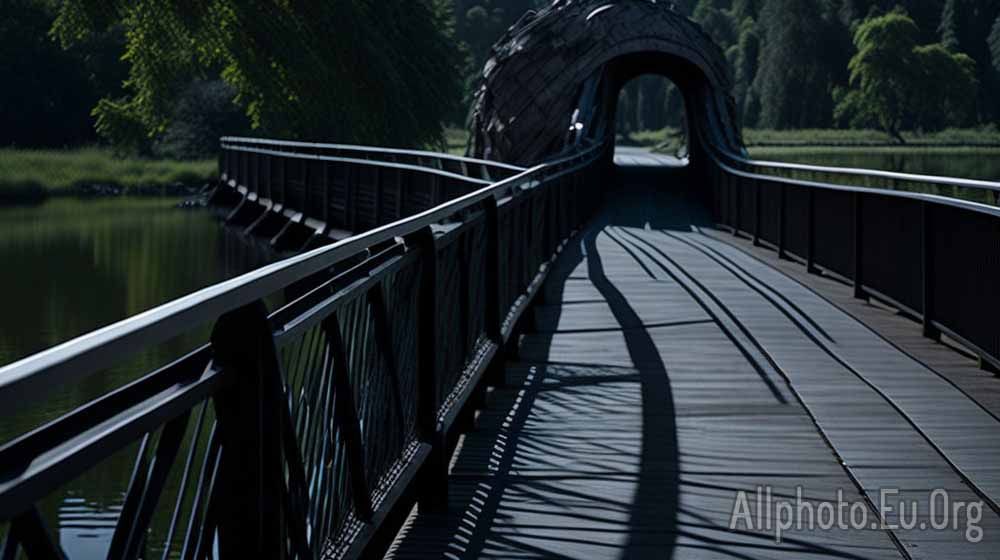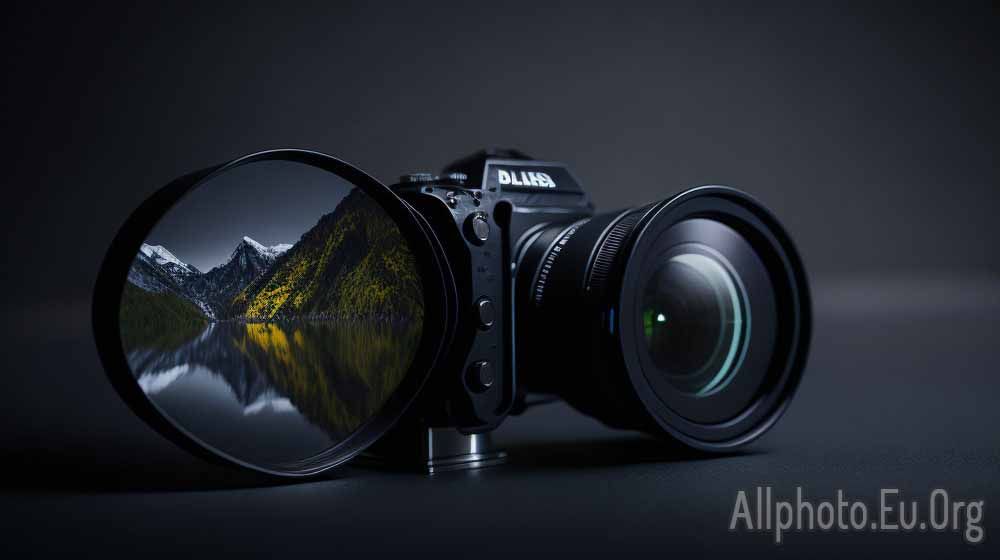The Role of Leading Lines in Photography: Guiding the Viewer's Eye

Photography is a form of art that can convey a powerful message with just a single image. But what makes an image truly captivating and memorable? One of the key elements that can take a photo from ordinary to extraordinary is the use of leading lines.
Leading lines are an essential tool in photography that can guide the viewer's eye through an image and create a sense of depth and perspective. By strategically placing lines within a composition, a photographer can influence how the viewer experiences the image and ultimately, how they interpret it.
So, what exactly are leading lines? In photography, a leading line is any line within an image that draws the viewer's eye towards a particular point or area. These lines can be straight, curved, or even diagonal, and can be created by a variety of elements within the photograph, including roads, fences, buildings, and natural features such as rivers or trees.
One of the key benefits of using leading lines in photography is that they can create a sense of depth and perspective within an image. By leading the viewer's eye towards a particular point, these lines can give the impression of distance, allowing the viewer to feel as though they are exploring the scene themselves.
For example, imagine a photograph of a long, winding road leading towards a distant mountain range. By using the road as a leading line, the photographer can draw the viewer's eye towards the mountains, creating a sense of depth and making the viewer feel as though they are standing at the starting point of the road, ready to embark on a journey.
Another benefit of using leading lines in photography is that they can help to create a sense of movement and energy within an image. By using lines that are angled or curved, a photographer can create a dynamic and flowing composition that draws the viewer's eye along a path.
For instance, a photograph of a winding river or stream can be an excellent example of this technique. By using the curves of the river as leading lines, the photographer can create a sense of movement and energy within the image, leading the viewer's eye along the path of the river and creating a dynamic, flowing composition.
But how can you use leading lines effectively in your own photography? Here are a few tips to help you get started:
-
Look for natural lines within your environment
One of the simplest ways to incorporate leading lines into your photography is to look for natural lines within your environment. This could include the curve of a hill, the shape of a tree branch, or the angle of a street sign. By incorporating these elements into your composition, you can create a sense of movement and flow that draws the viewer's eye along a path.
-
Experiment with different types of lines
Leading lines don't have to be straight or horizontal. In fact, some of the most powerful leading lines are angled, curved, or diagonal. Experiment with different types of lines to see which ones work best for your composition.
-
Pay attention to the placement of your lines
The placement of your leading lines can have a significant impact on the overall composition of your image. For example, placing a line directly in the center of your frame can create a sense of symmetry, while placing it off-center can create a more dynamic composition.
-
Use leading lines to tell a story
Finally, remember that leading lines can be used to tell a story within your image. For example, a photograph of a winding staircase could be used to represent a journey or a path towards a goal.
In conclusion, the use of leading lines in photography can be a powerful tool for guiding the viewer's eye and creating a sense of depth and perspective within an image. By incorporating these elements into your own photography, you can create images that are not only visually stunning but also tell a story and engage the viewer on a deeper level.
Additionally, leading lines can also create a sense of balance within an image. When placed correctly, leading lines can divide an image into balanced and harmonious segments, creating a sense of order and symmetry that can be visually appealing.
Another crucial aspect to keep in mind when using leading lines in photography is the importance of composition. The placement of the leading lines within the frame can significantly impact the overall look and feel of the image. A well-composed photograph with leading lines can create a sense of harmony and balance that can be visually pleasing.
Moreover, leading lines can be used in different photography genres, including landscape, architectural, street, and portrait photography. In landscape photography, leading lines can be used to create a sense of depth and perspective, making the viewer feel as if they are a part of the landscape. In architectural photography, leading lines can emphasize the building's design elements and create a sense of grandeur and scale.
In street photography, leading lines can draw the viewer's eye towards the subject or emphasize the hustle and bustle of a busy street. In portrait photography, leading lines can be used to create a visual connection between the subject and the environment.
In summary, leading lines are a powerful tool in photography that can guide the viewer's eye and create a sense of depth, perspective, balance, and movement within an image. By understanding how to use leading lines effectively, photographers can create visually stunning and engaging photographs that tell a story and capture the viewer's attention.
In conclusion, leading lines are an essential component of photography composition that can influence the viewer's experience and interpretation of an image. Whether straight, curved, or diagonal, leading lines can create a sense of depth, movement, balance, and perspective. When used effectively, they can guide the viewer's eye and create visually appealing and engaging photographs. By incorporating leading lines into your photography, you can elevate your compositions and convey a more powerful message to your audience.
Tags
Latest Articles
Most Read
All Tags
Subscribe
Donate
Please consider supporting our efforts.
© 2023 All-Photo.Cf All rights reserved.










